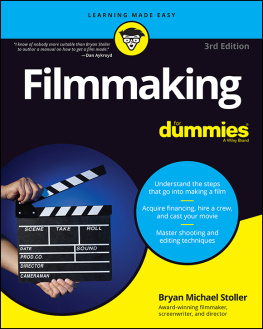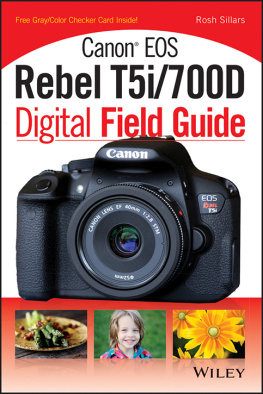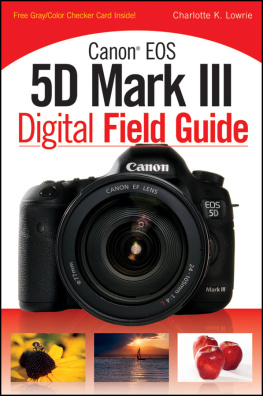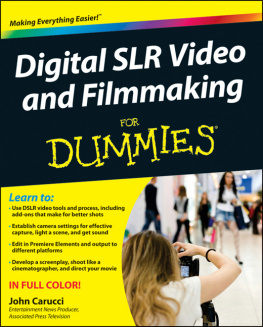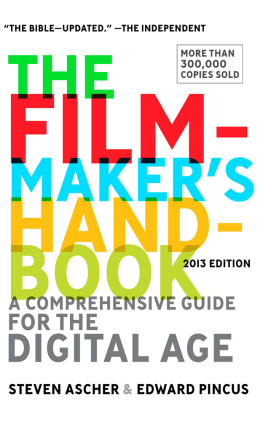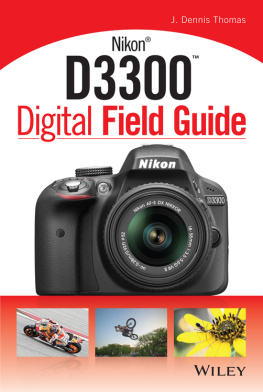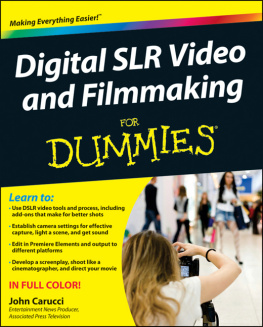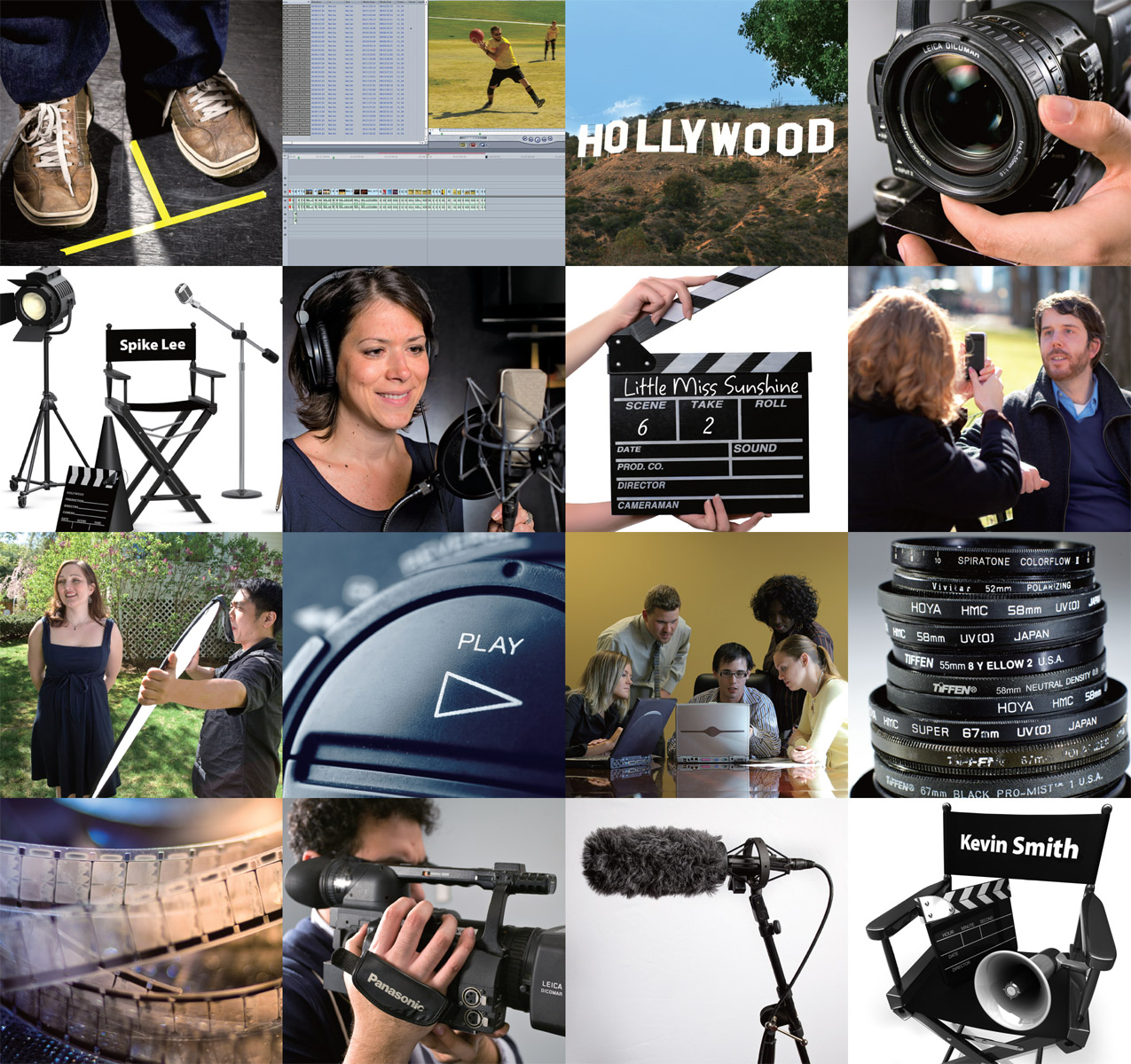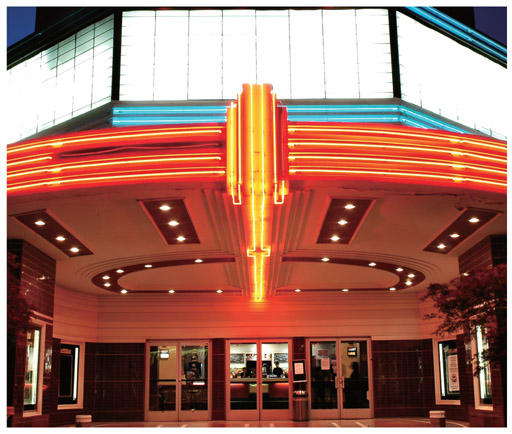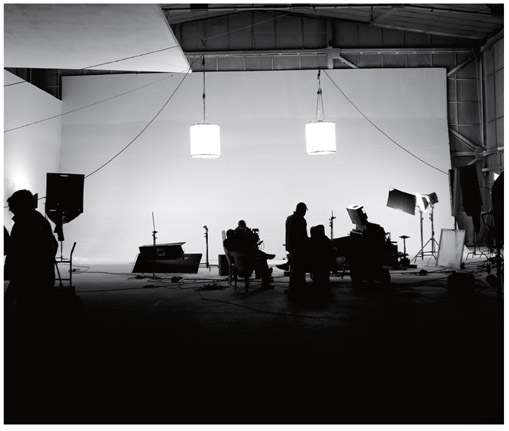Tyler Cullen - Knack Digital Moviemaking: Tools & Techniques to Make Movies Like a Pro
Here you can read online Tyler Cullen - Knack Digital Moviemaking: Tools & Techniques to Make Movies Like a Pro full text of the book (entire story) in english for free. Download pdf and epub, get meaning, cover and reviews about this ebook. year: 2010, publisher: Knack, genre: Home and family. Description of the work, (preface) as well as reviews are available. Best literature library LitArk.com created for fans of good reading and offers a wide selection of genres:
Romance novel
Science fiction
Adventure
Detective
Science
History
Home and family
Prose
Art
Politics
Computer
Non-fiction
Religion
Business
Children
Humor
Choose a favorite category and find really read worthwhile books. Enjoy immersion in the world of imagination, feel the emotions of the characters or learn something new for yourself, make an fascinating discovery.

- Book:Knack Digital Moviemaking: Tools & Techniques to Make Movies Like a Pro
- Author:
- Publisher:Knack
- Genre:
- Year:2010
- Rating:3 / 5
- Favourites:Add to favourites
- Your mark:
Knack Digital Moviemaking: Tools & Techniques to Make Movies Like a Pro: summary, description and annotation
We offer to read an annotation, description, summary or preface (depends on what the author of the book "Knack Digital Moviemaking: Tools & Techniques to Make Movies Like a Pro" wrote himself). If you haven't found the necessary information about the book — write in the comments, we will try to find it.
It s one thing to own a digital camera or camcorder and make shaky home movies. It s another to record and edit a movie as good as what a professional would make. EnterKnack Digital Moviemaking. With clear, step-by-step instructions and 350 full-color photographs, this quick reference guide gives you the tools and inspiration to make exactly the films you want no matter what your subject or budget. It covers everything from choosing and using a camera to casting actors, from shooting and editing to special effects. Look for valuable information about distributing your movie online, in theaters, andin festivals.350 full-color photos covering:
Screenplays * Budgeting
Cameras * Lighting * Sound
Actors * Shooting * Editing
Effects * Animation * Graphics
Guerilla Filmmaking
Tyler Cullen: author's other books
Who wrote Knack Digital Moviemaking: Tools & Techniques to Make Movies Like a Pro? Find out the surname, the name of the author of the book and a list of all author's works by series.


